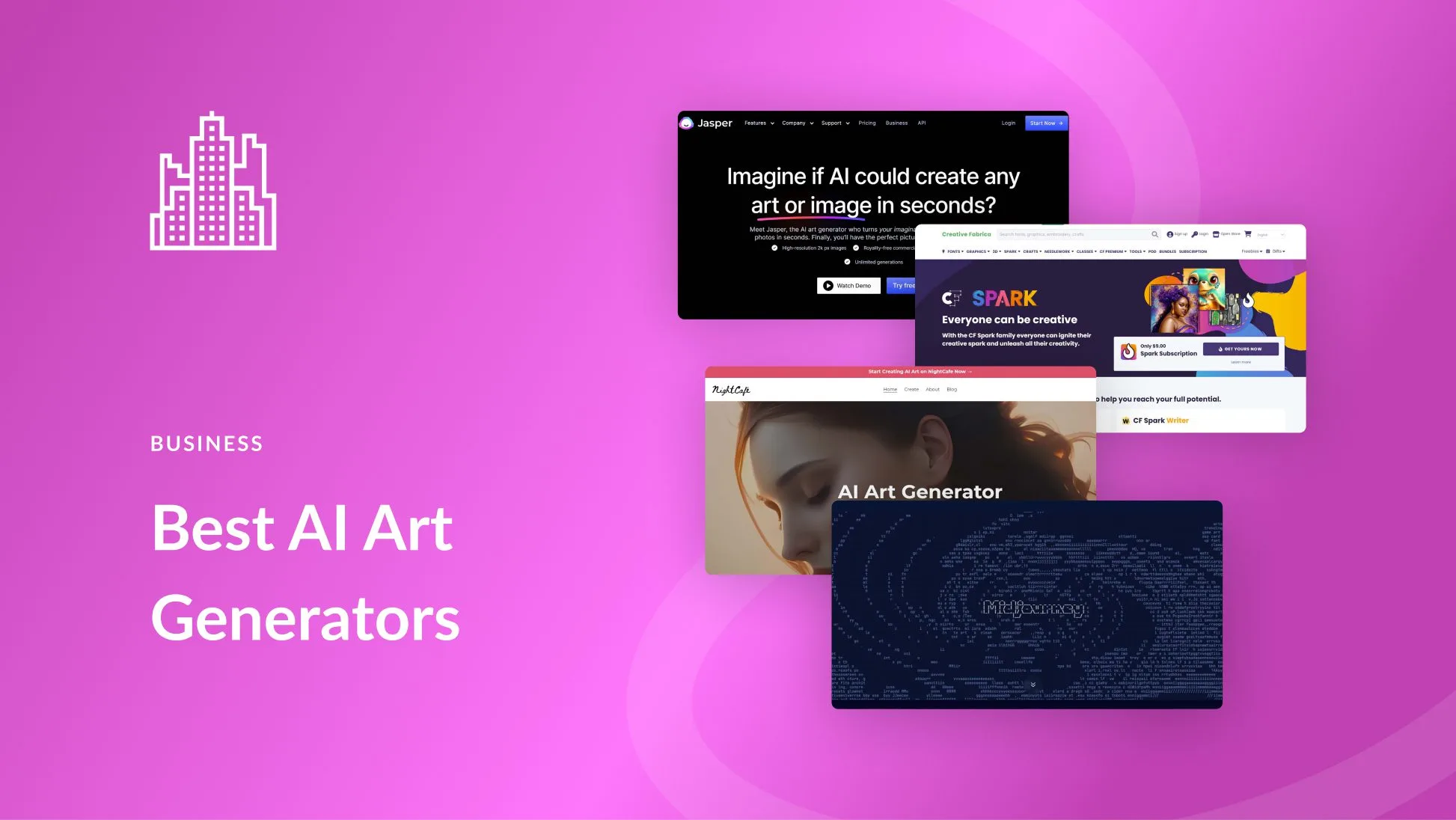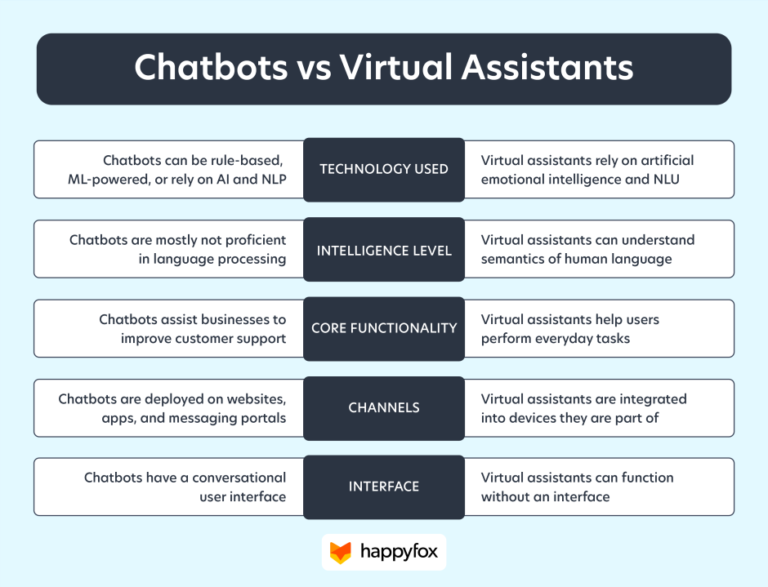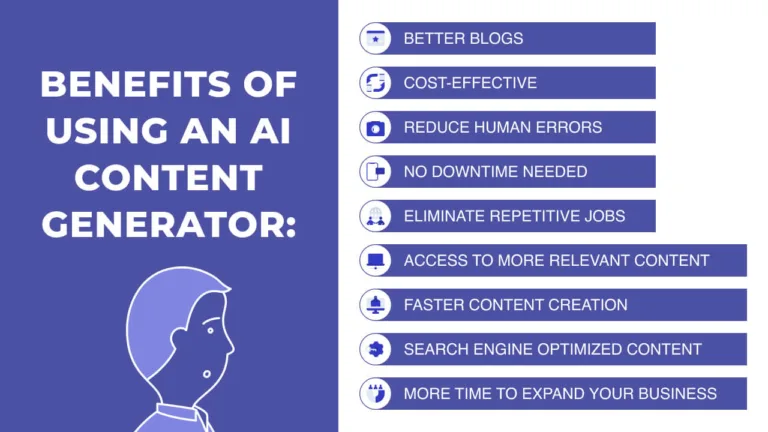What Are Some Popular Algorithms And Techniques Used In AI Generators?
When it comes to AI generators, the algorithms and techniques they employ play a crucial role in their performance and capabilities. From creating realistic images to generating human-like text, these algorithms are the building blocks of artificial intelligence. In this article, we will explore some popular algorithms and techniques used in AI generators, shedding light on how they work and their impact on the world of artificial intelligence.
One prominent algorithm used in AI generators is Generative Adversarial Networks (GANs). GANs consist of two neural networks, the generator and the discriminator, which work together in a competitive manner. The generator generates new data samples, such as images or text, while the discriminator tries to distinguish between real and generated samples. Through an iterative process, the generator improves its ability to produce more realistic and authentic outputs, while the discriminator becomes more adept at identifying generated content. GANs have revolutionized the field of AI generators, enabling them to create stunningly lifelike images and even generate coherent and creative text.
Another popular technique used in AI generators is reinforcement learning. This technique involves training an AI agent to learn and make decisions based on rewards and punishments. In the context of AI generators, reinforcement learning can be used to create systems that learn to generate content by receiving feedback on their outputs. By rewarding the AI agent when it produces desirable outputs and penalizing it for undesirable ones, the system gradually improves its generation capabilities. This technique has been employed in various applications, such as language generation and game playing, and has shown impressive results in producing high-quality and contextually relevant content.
In conclusion, the algorithms and techniques used in AI generators are instrumental in their ability to generate realistic and creative outputs. From GANs to reinforcement learning, these methodologies push the boundaries of what AI can achieve in terms of generating images, text, and more. As AI continues to advance, we can expect even more innovative algorithms and techniques to emerge, further enhancing the capabilities of AI generators and expanding their potential applications in various fields.
1. Generative Adversarial Networks (GANs): GANs consist of a generator and a discriminator that compete against each other to improve the generated output.
2. Recurrent Neural Networks (RNNs): RNNs are commonly used to generate sequences of data, making them suitable for tasks like text and speech generation.
3. Transformer Models: Transformer models, such as the famous GPT-3, utilize attention mechanisms to generate coherent and context-aware outputs.
4. Reinforcement Learning: This technique involves training AI models through interaction with an environment, rewarding them for desired outputs.
These algorithms, coupled with advances in deep learning, have revolutionized the capabilities of AI generators, enabling them to produce impressive and human-like outputs.
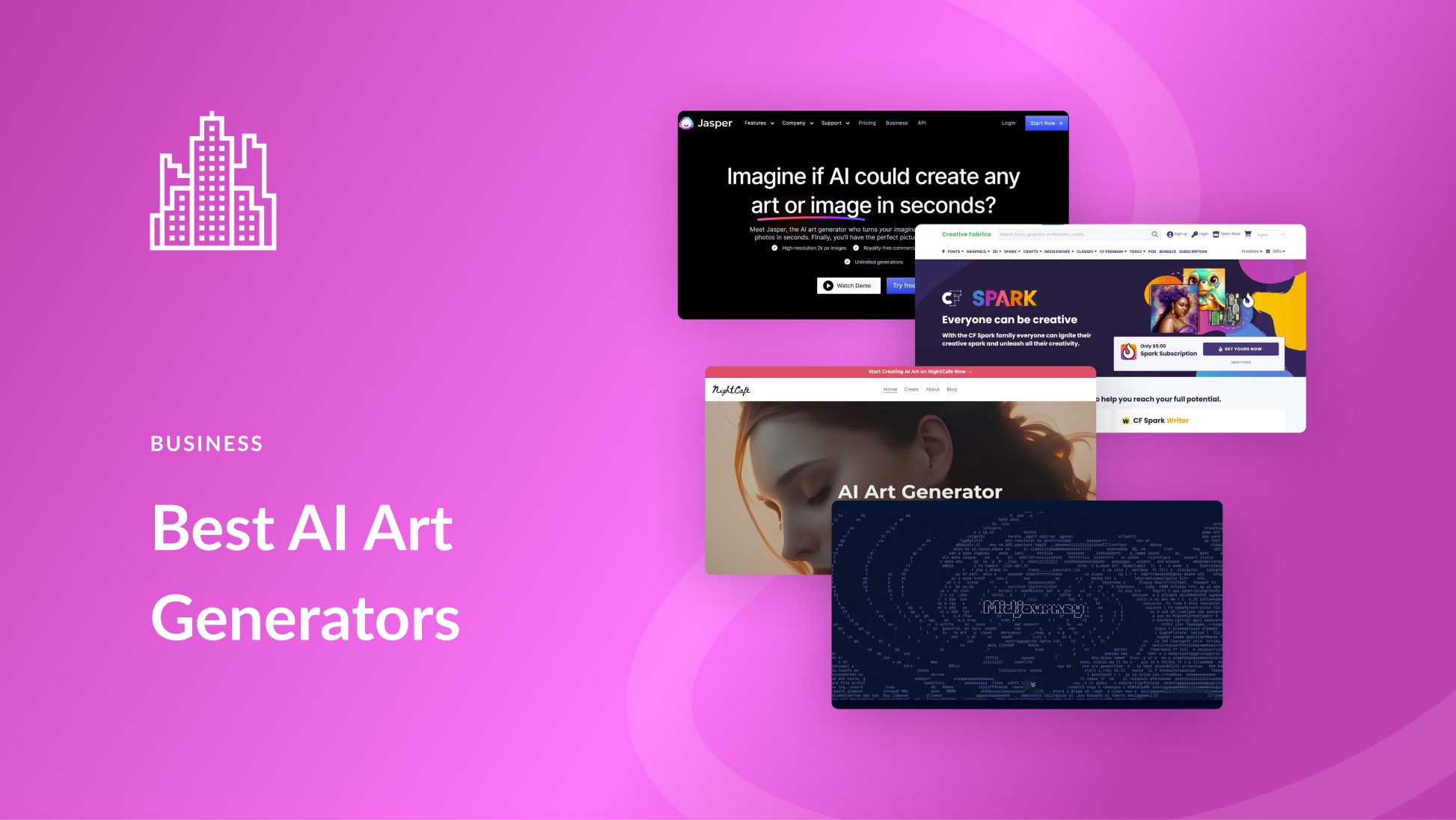
What are Some Popular Algorithms and Techniques Used in AI Generators?
Artificial intelligence (AI) generators have revolutionized various industries by automating processes, generating content, and providing valuable insights. These AI-powered systems rely on sophisticated algorithms and techniques to perform their tasks efficiently and effectively. In this article, we will explore some of the popular algorithms and techniques used in AI generators, highlighting their applications and benefits.
1. Natural Language Processing (NLP)
Natural Language Processing (NLP) is a branch of AI that enables computers to understand and analyze human language. It encompasses techniques such as text mining, sentiment analysis, and language translation. NLP algorithms are used in AI generators to process and generate human-like text, making it possible to create compelling articles, product descriptions, and social media posts. These algorithms analyze the context, grammar, and semantics of the input texts to generate coherent and contextually relevant output.
NLP algorithms used in AI generators are trained on large datasets to learn patterns and correlations in human language. They utilize techniques such as word embeddings, recurrent neural networks (RNNs), and transformer models like GPT-3. By leveraging NLP algorithms, AI generators can produce high-quality content that mimics human writing styles, saving time and effort for content creators.
Benefits of NLP in AI Generators
NLP algorithms in AI generators offer several benefits. Firstly, they enable the automation of content generation, allowing businesses to scale their content production efforts. Secondly, these algorithms can understand and incorporate the nuances of different languages, making it possible to create multilingual content. Thirdly, NLP algorithms can analyze and summarize large volumes of text, providing valuable insights and reducing the time spent on manual analysis.
Furthermore, NLP algorithms in AI generators can improve the accessibility of information by automatically translating content into different languages or generating audio versions for visually impaired individuals. Overall, the integration of NLP algorithms in AI generators enhances productivity, creativity, and accessibility in content generation processes.
2. Generative Adversarial Networks (GANs)
Generative Adversarial Networks (GANs) are a class of AI algorithms that consist of two components: a generator and a discriminator. GANs are used in AI generators to generate realistic and high-quality images, videos, and audio. The generator component of a GAN learns to create new samples by capturing the underlying patterns and features of the training data. The discriminator component, on the other hand, learns to distinguish between real and generated samples.
GANs have revolutionized the field of computer vision by enabling the creation of synthetic images that are almost indistinguishable from real ones. In the context of AI generators, GANs can generate visual content for various applications, such as virtual reality, video game development, and digital marketing. These algorithms can generate realistic human faces, landscapes, and even artistic creations, providing designers and developers with a valuable resource for their projects.
Benefits of GANs in AI Generators
The integration of GANs in AI generators offers several benefits. Firstly, GANs allow for the generation of diverse and high-quality visual content, reducing the reliance on manual creation or stock images. Secondly, GANs enable the exploration of creative possibilities by generating unique and novel visual concepts. Thirdly, GANs can be used to enhance and augment existing images or videos, providing additional value to multimedia content.
Moreover, GANs can be trained on specific datasets to generate content that aligns with particular styles or preferences. For example, a GAN trained on impressionist paintings can generate artwork with a similar style. This customization potential makes GANs valuable tools for creative professionals and content creators. Overall, the integration of GANs in AI generators enhances visual content creation, artistic exploration, and design possibilities.
3. Reinforcement Learning
Reinforcement Learning is a machine learning technique that involves training an AI agent to make decisions based on feedback from its environment. This technique is widely used in AI generators to optimize processes, make predictions, and generate personalized recommendations. Reinforcement Learning algorithms operate through trial and error, learning from the consequences of their actions and adjusting their behavior accordingly.
AI generators that utilize Reinforcement Learning algorithms can adapt to changing conditions and optimize their outputs based on user feedback. For example, a recommendation system powered by Reinforcement Learning can learn from user interactions and improve the relevance and accuracy of its recommendations over time. Similarly, a content generation AI can adjust its writing style or topic selection based on user preferences and feedback.
Benefits of Reinforcement Learning in AI Generators
Reinforcement Learning algorithms in AI generators offer several benefits. Firstly, they enable personalized and adaptive content generation, tailoring the output to individual user preferences. Secondly, Reinforcement Learning algorithms can optimize processes and decision-making, leading to more efficient and effective content generation. Thirdly, these algorithms can handle complex and dynamic environments, allowing AI generators to adapt to changing trends and user behaviors.
Moreover, Reinforcement Learning algorithms can improve user engagement and satisfaction by providing relevant and valuable content recommendations. By learning from user feedback, AI generators can continuously refine their outputs, enhancing the user experience. Overall, the integration of Reinforcement Learning in AI generators enhances personalization, efficiency, and adaptability in content generation processes.
In this article, we explored some popular algorithms and techniques used in AI generators. We discussed the applications, benefits, and functionalities of Natural Language Processing, Generative Adversarial Networks, and Reinforcement Learning. These algorithms enable AI generators to automate content creation, generate realistic visuals, and personalize recommendations. By leveraging these advanced techniques, businesses and individuals can harness the power of AI to streamline their processes and create compelling content.
Key Takeaways: Popular Algorithms and Techniques Used in AI Generators
- Deep learning: AI generators often employ deep learning algorithms to analyze and understand patterns in data.
- Recurrent neural networks (RNN): RNNs are commonly used in AI generators to generate sequences of data, such as text or music.
- Generative adversarial networks (GAN): GANs consist of a generator and a discriminator network, working together to create realistic output.
- Transformer models: These models use attention mechanisms to process input data and generate high-quality output.
- Evolutionary algorithms: AI generators can also utilize evolutionary algorithms to optimize the generation process based on fitness criteria.
Frequently Asked Questions
Question 1: How do AI generators work?
AI generators use a variety of algorithms and techniques to create content that resembles human-generated text. One popular algorithm used is the Recurrent Neural Network (RNN), which is capable of processing sequential data and generating text based on patterns it has learned from training data. RNNs are particularly effective in generating coherent and contextually relevant text.
In addition to RNNs, AI generators also employ techniques such as deep learning and natural language processing. Deep learning algorithms, such as Generative Adversarial Networks (GANs), enable AI generators to learn from large amounts of data and generate content that is highly realistic. Natural language processing techniques help AI generators understand and analyze text, allowing them to generate text that is grammatically correct and semantically meaningful.
Question 2: What is the role of GPT in AI generators?
Generative Pre-trained Transformers (GPT) play a crucial role in AI generators. GPT is a type of deep learning model that uses transformers, which are neural networks capable of processing sequential data efficiently. GPT models are pre-trained on large amounts of text data, enabling them to learn patterns and generate text that is coherent and contextually relevant.
GPT models have revolutionized AI generators by providing them with the ability to generate high-quality text across various domains and styles. These models can be fine-tuned for specific tasks, allowing AI generators to generate text that is tailored to specific requirements. GPT-based AI generators have gained popularity due to their ability to produce human-like text and have been used in applications such as chatbots, content creation, and language translation.
Question 3: What is the role of reinforcement learning in AI generators?
Reinforcement learning plays a significant role in training AI generators to generate text that meets specific criteria or objectives. Reinforcement learning is a type of machine learning where an agent learns to make decisions based on feedback from its environment. In the context of AI generators, reinforcement learning can be used to optimize the generated text based on metrics such as readability, coherence, or relevance.
By using reinforcement learning, AI generators can iteratively improve the quality of generated text. The generator receives feedback on its output and adjusts its parameters to generate text that better satisfies the desired criteria. This iterative process allows AI generators to learn and improve over time, resulting in text that is more accurate, engaging, and aligned with human preferences.
Question 4: How do AI generators handle different languages?
AI generators have the capability to handle different languages through techniques such as multilingual training and transfer learning. Multilingual training involves training AI models on data from multiple languages, enabling them to generate text in different languages. This approach allows AI generators to leverage the knowledge gained from one language to generate text in another.
Transfer learning is another technique used in AI generators to handle different languages. AI models are pre-trained on a large corpus of text data in one language and then fine-tuned on a smaller dataset in another language. This transfer of knowledge allows AI generators to adapt to different languages and generate text that is linguistically accurate and contextually relevant.
Question 5: What are some ethical considerations in AI generators?
AI generators raise ethical considerations in terms of the content they generate and the potential misuse of generated content. AI generators can generate text that is indistinguishable from human-written content, raising concerns about the authenticity and credibility of the information presented. This can have implications in areas such as fake news, plagiarism, and misinformation.
There is also a concern about the biases present in the training data used by AI generators. If the training data is biased, the generated content may also exhibit biases, perpetuating stereotypes or discriminatory language. Ensuring the ethical use of AI generators requires careful consideration of the training data, the evaluation metrics used, and transparency in the generation process.
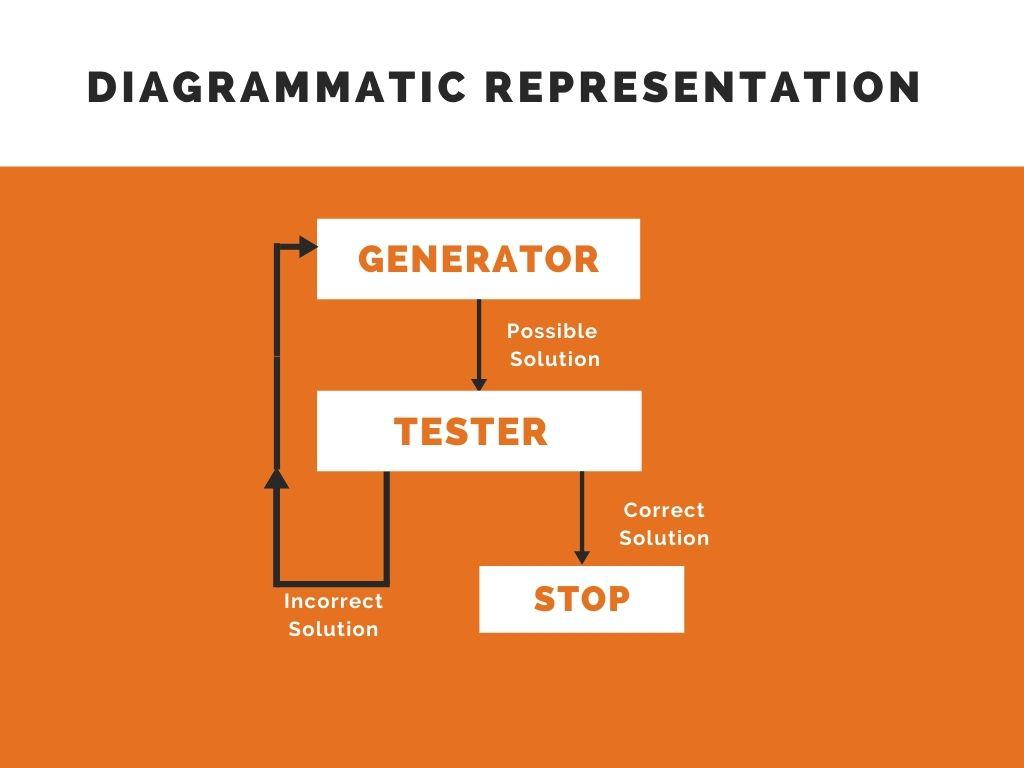
5 Mind-blowing Artificial Intelligence Tools ????
Final Thoughts: Unleashing the Power of AI Generators
As we delve into the realm of AI generators, it becomes clear that the algorithms and techniques employed in this field are truly fascinating. From deep learning and neural networks to natural language processing and genetic algorithms, the possibilities seem endless. These powerful tools enable AI generators to create stunningly realistic content and push the boundaries of what we thought was possible.
One of the most popular algorithms used in AI generators is deep learning. By mimicking the human brain’s structure and function, deep learning models can process vast amounts of data and learn patterns and relationships. This technique has revolutionized the field of natural language processing, allowing AI generators to generate coherent and contextually relevant text that is virtually indistinguishable from human-written content.
Another technique that has gained prominence is genetic algorithms. Inspired by the process of natural selection, genetic algorithms simulate evolution to optimize solutions. AI generators can use genetic algorithms to improve their performance over time by selecting and combining the best features from different iterations. This iterative process allows AI generators to continuously refine their output, resulting in more accurate and high-quality content.
In conclusion, the world of AI generators is a captivating blend of cutting-edge algorithms and techniques. From deep learning to genetic algorithms, these tools empower AI generators to generate content that is remarkably realistic and valuable. As technology continues to advance, we can only anticipate even more incredible developments in this field. So, get ready to be amazed as AI generators shape the future of content creation and push the boundaries of human imagination.
